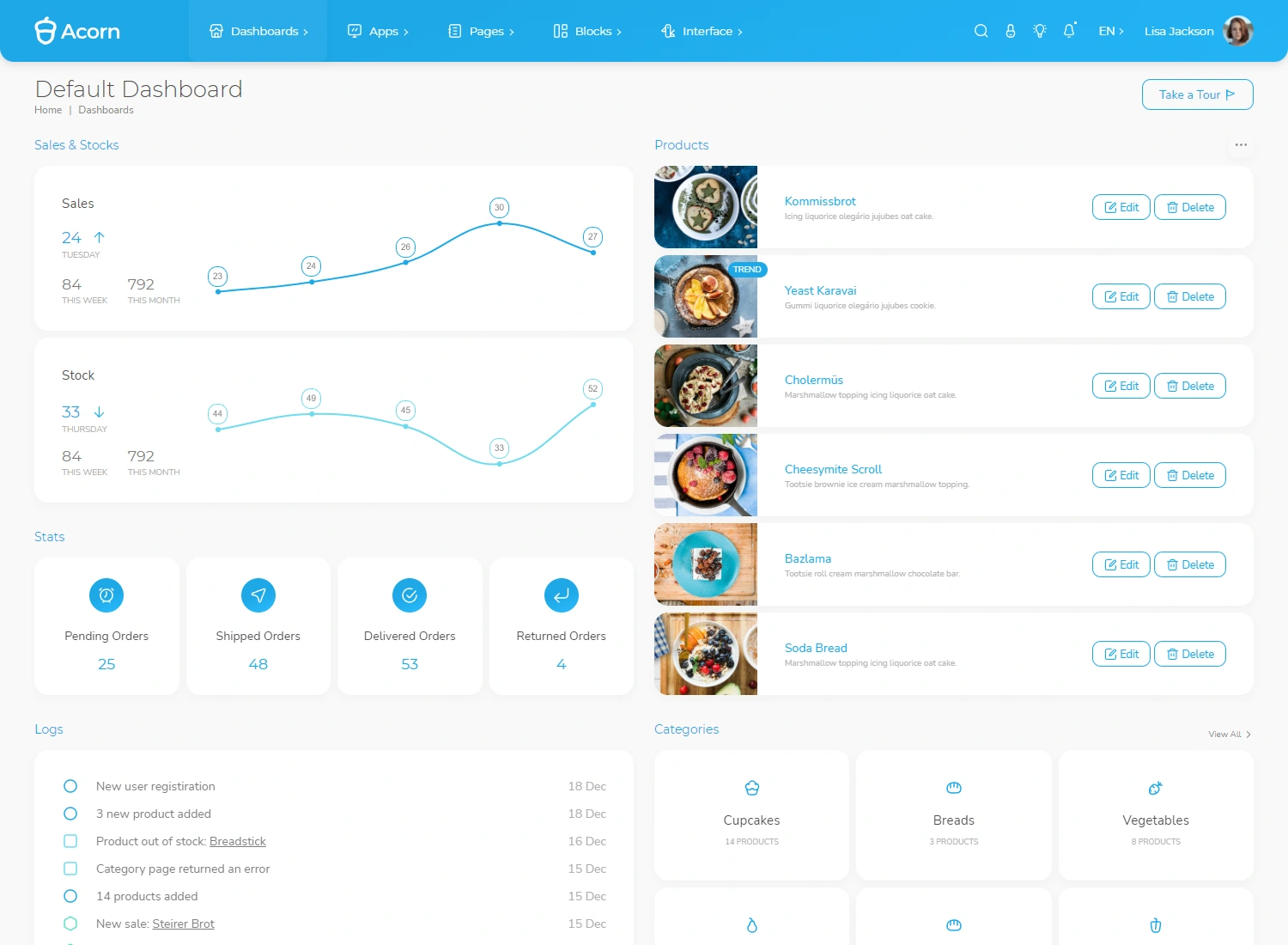Gene editing, a revolutionary tool in biotechnology, allows scientists to precisely alter the genetic code in living organisms. This transformative technique has opened up possibilities in healthcare, agriculture, and beyond, offering solutions to problems once deemed insurmountable.
What is Gene Editing?
Gene editing involves modifying the DNA sequence to correct or enhance genetic information. Using specific enzymes, scientists can cut, remove, replace, or add DNA fragments, similar to editing a misspelled word in a document. This direct manipulation of genetic instructions offers precise control over an organism’s traits.
In earlier days, gene editing required two enzymes: one to cut the DNA and another to insert the desired genetic sequence. While effective, the process was labor-intensive. The breakthrough came in 2012 when Drs. Jennifer Doudna and Emmanuelle Charpentier developed the CRISPR-Cas9 system, a game-changing method that simplified genome editing. Their pioneering work earned them the Nobel Prize in Chemistry in 2020.
How CRISPR-Cas9 Works
The CRISPR-Cas9 tool acts as a molecular pair of scissors:
- CRISPR (Clustered Regularly Interspaced Short Palindromic Repeats) identifies the target DNA sequence.
- Cas9 (CRISPR-associated Protein 9) cuts the DNA at the specified location, allowing scientists to introduce precise genetic changes.
This powerful technique has been widely adopted for research and practical applications across various fields.
Applications in Medicine
-
Correcting Genetic Disorders
In Hyderabad, scientists at the LV Prasad Eye Institute collaborated with the Institute of Genomics and Integrative Biology (IGIB) to use CRISPR to address inherited eye disorders. By correcting mutations in patient-specific stem cells, they restored the function of missing proteins essential for vision. This breakthrough paves the way for autologous cell therapies for conditions like retinal degeneration. -
Cancer Research
At the Broad Institute of MIT and Harvard, CRISPR is being used to develop mouse models to study cancer, identify drug-resistant genes, and modify immune cells for cancer treatment. -
Other Disorders
Globally, scientists are exploring CRISPR-based therapies for diseases like sickle cell anemia, muscular dystrophy, and cystic fibrosis. The technology offers hope for personalized medicine, where treatments are tailored to an individual’s genetic profile.
Impact on Agriculture
Gene editing is revolutionizing agriculture by enhancing crop yield, resilience, and nutritional value. In Germany, researchers at the Karlsruhe Botanical Institute used CRISPR-Cas9 to edit tomato plants, making them sweeter without reducing weight. Similar advancements are underway for other crops, aiming to address food security challenges.
In India, however, farmers face restrictions. A patent granted to ERS Genomics of Dublin limits the use of CRISPR-Cas9 technology to academic research, hindering its application in agricultural biotechnology. This barrier prevents Indian farmers from accessing the benefits of genetically improved crops that could thrive in diverse environmental conditions.
Ethical and Regulatory Challenges
Despite its potential, gene editing raises ethical and regulatory concerns:
- Safety: Ensuring that genetic changes are precise and do not lead to unintended consequences.
- Accessibility: Making the technology affordable and accessible to developing nations, including India.
- Ethics: Addressing moral questions about altering human embryos or creating genetically modified organisms (GMOs).
The Road Ahead
Gene editing holds immense promise for addressing global challenges in health, agriculture, and sustainability. To harness its full potential, India must navigate regulatory hurdles and invest in research to make these technologies accessible. Collaboration between government, research institutions, and private enterprises is essential to bring the benefits of gene editing to the masses.






